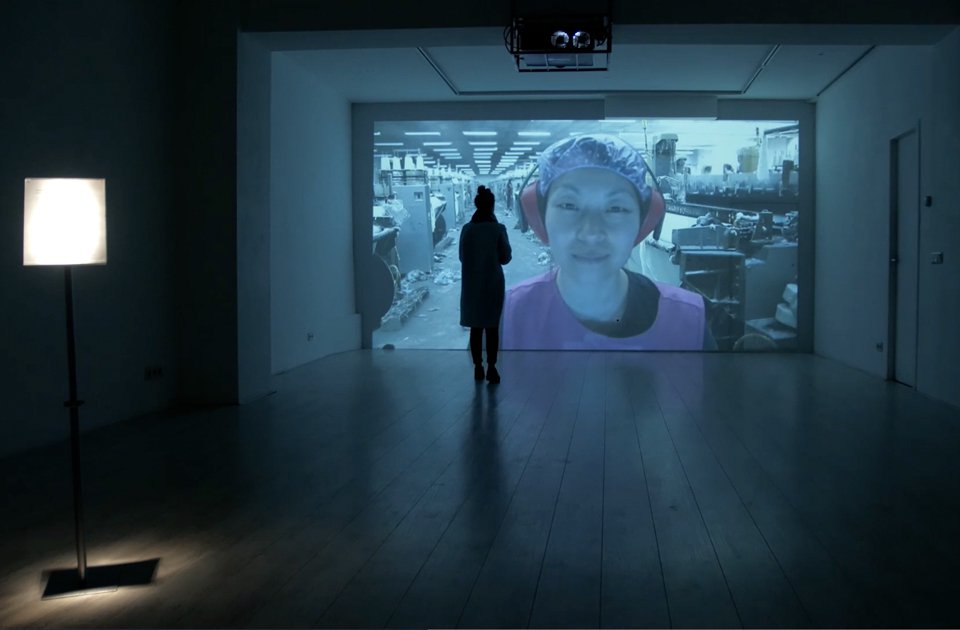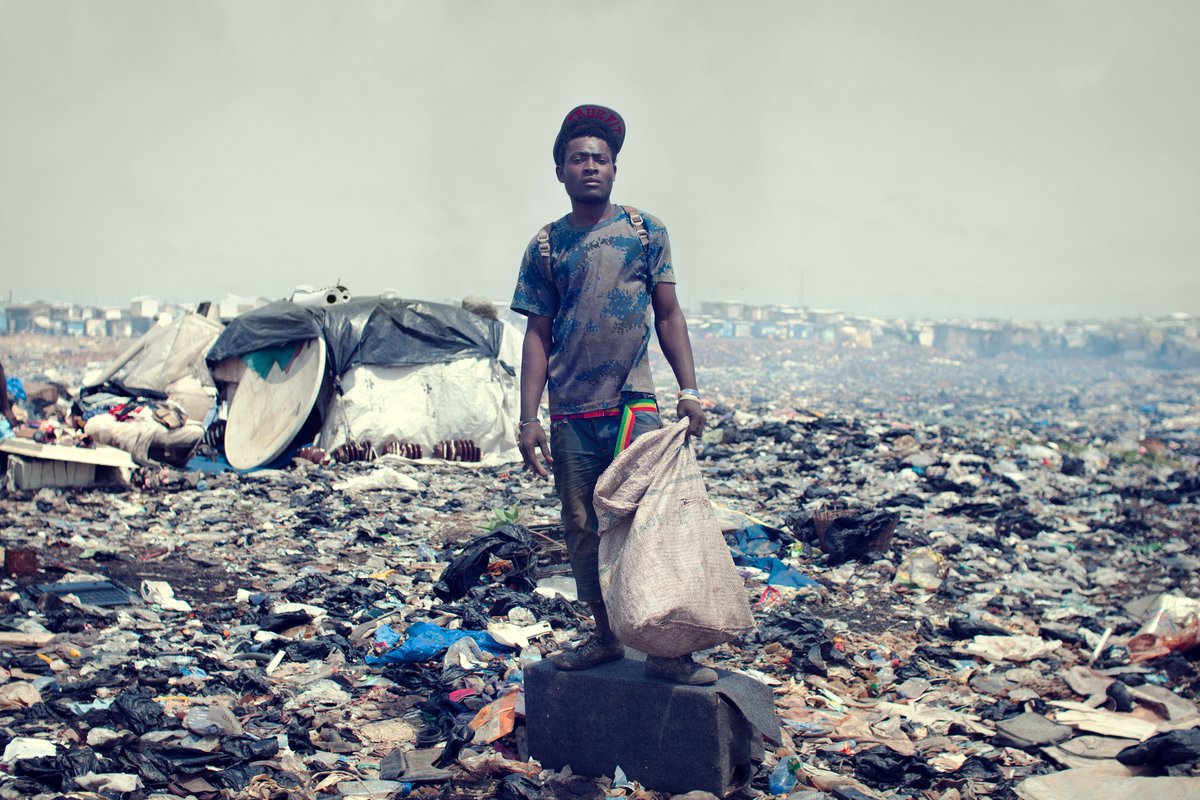Videoinstalación
Concept: Dries Verhoeven | Produced by: Studio Dries Verhoeven | Video recording: Thorsten Alofs and Christopher Hewitt.
Dries Verhoeven
Director
Looking out for art
A theater creator and visual artist in equal measure, he works on installations and performances in museums and in public, bringing into contention the relationship between the spectator, performers, everyday reality and art. With around 20 plays to his name, he has become a key figure in video installations and events in The Netherlands and Europe, winning the prize for Best International Performance at the Tehran Theater Festival, for example. Based in Berlin, he’s been a member of the Akademie van Kunsten - part of the German Society of Arts - since 2020.
“Guilty Landscapes brings ambivalence and anxiety, curiosity and empathy, smiles and sorrow, shock and indifference”.
—It’s ‘interactive’ - not didactic - art. The installation subtly envelopes the audience, making them interact with the stories’ protagonists, who only deserve compassion as part of the everyday international news.
—Although it seems to be visual art, it’s also performing art. In the words of its creator in an interview with the Spanish supplement El Cultural, “I’m not interested in the theatrical representation of real life. Sometimes, this portrayal, with all its theatrical props, doesn’t allow for any real communication between the actor and the spectator. My quest is based on creating installations and/or spaces where the spectator feels that their physical presence is both a necessary and indispensable condition for the piece’s development”.
—At the end of the show, the audience is given a leaflet with part of the essay Sobre el dolor de los demás by Susan Sontag (2003) printed on it, including reflections on history and the effect of images of war. “Not every reaction to these images is governed by reason or conscience. A large number of these representations of tormented and mutilated bodies actually provoke a lascivious kind of pleasure”.
—Performance: An avant-garde art form in which the play’s medium is the artist’s body and the play itself is made up of the actions this carries out, normally combined with multiple other elements such as the visual arts, music, dance and theater. It’s one of the art forms that transformed art in the middle of the twentieth century.
—Video installation: A kind of video art that uses video as a central component and that relates video images to other objects and materials occupying a specific place. In this case, the video image, given its shape and form, overflows the limited frame of a screen and is not conditioned by or related to the television as a means of communication.
—Find out more about Dries Verhoeven’s work on his Vimeo channel.
—Dries Verhoeven talks about the play during his exhibition at the Santarcangelo Festival, a contemporary performance event held in Italy.
On Instagram, @studiodriesverhoeven
On Facebook, studiodriesverhoeven
COLABORA
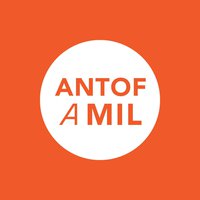
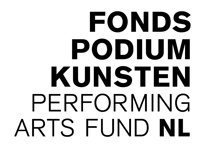

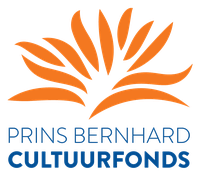

Guilty Landscapes
By Studio Dries Verhoeven
- Países Bajos
- None
- + 16
What would happen if the protagonists of the international news looked us in the eye? And if we could interact with them? This is the premise of this video installation from The Netherlands.
The news is always there, on our phones and screens, turning us into perpetual witnesses of human drama around the world and making us feel guilty about our privileges when there’s so much poverty and injustice. The camera, though, isn’t neutral; either intentionally or involuntarily, the people filmed are painted as victims. One way or another, we’re manipulated into feeling ashamed.
This large-scale video installation by Dutchman Dries Verhoeven asks whether it’s possible for the spectator to make a personal connection with the protagonists of these tough stories. What if the protagonists of these news stories looked us straight in the eye? What would we do?
Guilty Landscapes
By Studio Dries Verhoeven
- Países Bajos
- None
- + 16
What would happen if the protagonists of the international news looked us in the eye? And if we could interact with them? This is the premise of this video installation from The Netherlands.
The news is always there, on our phones and screens, turning us into perpetual witnesses of human drama around the world and making us feel guilty about our privileges when there’s so much poverty and injustice. The camera, though, isn’t neutral; either intentionally or involuntarily, the people filmed are painted as victims. One way or another, we’re manipulated into feeling ashamed.
This large-scale video installation by Dutchman Dries Verhoeven asks whether it’s possible for the spectator to make a personal connection with the protagonists of these tough stories. What if the protagonists of these news stories looked us straight in the eye? What would we do?
Concept: Dries Verhoeven | Produced by: Studio Dries Verhoeven | Video recording: Thorsten Alofs and Christopher Hewitt.
Dries Verhoeven
Director
Looking out for art
A theater creator and visual artist in equal measure, he works on installations and performances in museums and in public, bringing into contention the relationship between the spectator, performers, everyday reality and art. With around 20 plays to his name, he has become a key figure in video installations and events in The Netherlands and Europe, winning the prize for Best International Performance at the Tehran Theater Festival, for example. Based in Berlin, he’s been a member of the Akademie van Kunsten - part of the German Society of Arts - since 2020.
“Guilty Landscapes brings ambivalence and anxiety, curiosity and empathy, smiles and sorrow, shock and indifference”.
—It’s ‘interactive’ - not didactic - art. The installation subtly envelopes the audience, making them interact with the stories’ protagonists, who only deserve compassion as part of the everyday international news.
—Although it seems to be visual art, it’s also performing art. In the words of its creator in an interview with the Spanish supplement El Cultural, “I’m not interested in the theatrical representation of real life. Sometimes, this portrayal, with all its theatrical props, doesn’t allow for any real communication between the actor and the spectator. My quest is based on creating installations and/or spaces where the spectator feels that their physical presence is both a necessary and indispensable condition for the piece’s development”.
—At the end of the show, the audience is given a leaflet with part of the essay Sobre el dolor de los demás by Susan Sontag (2003) printed on it, including reflections on history and the effect of images of war. “Not every reaction to these images is governed by reason or conscience. A large number of these representations of tormented and mutilated bodies actually provoke a lascivious kind of pleasure”.
—Performance: An avant-garde art form in which the play’s medium is the artist’s body and the play itself is made up of the actions this carries out, normally combined with multiple other elements such as the visual arts, music, dance and theater. It’s one of the art forms that transformed art in the middle of the twentieth century.
—Video installation: A kind of video art that uses video as a central component and that relates video images to other objects and materials occupying a specific place. In this case, the video image, given its shape and form, overflows the limited frame of a screen and is not conditioned by or related to the television as a means of communication.
—Find out more about Dries Verhoeven’s work on his Vimeo channel.
—Dries Verhoeven talks about the play during his exhibition at the Santarcangelo Festival, a contemporary performance event held in Italy.
On Instagram, @studiodriesverhoeven
On Facebook, studiodriesverhoeven
COLABORA





